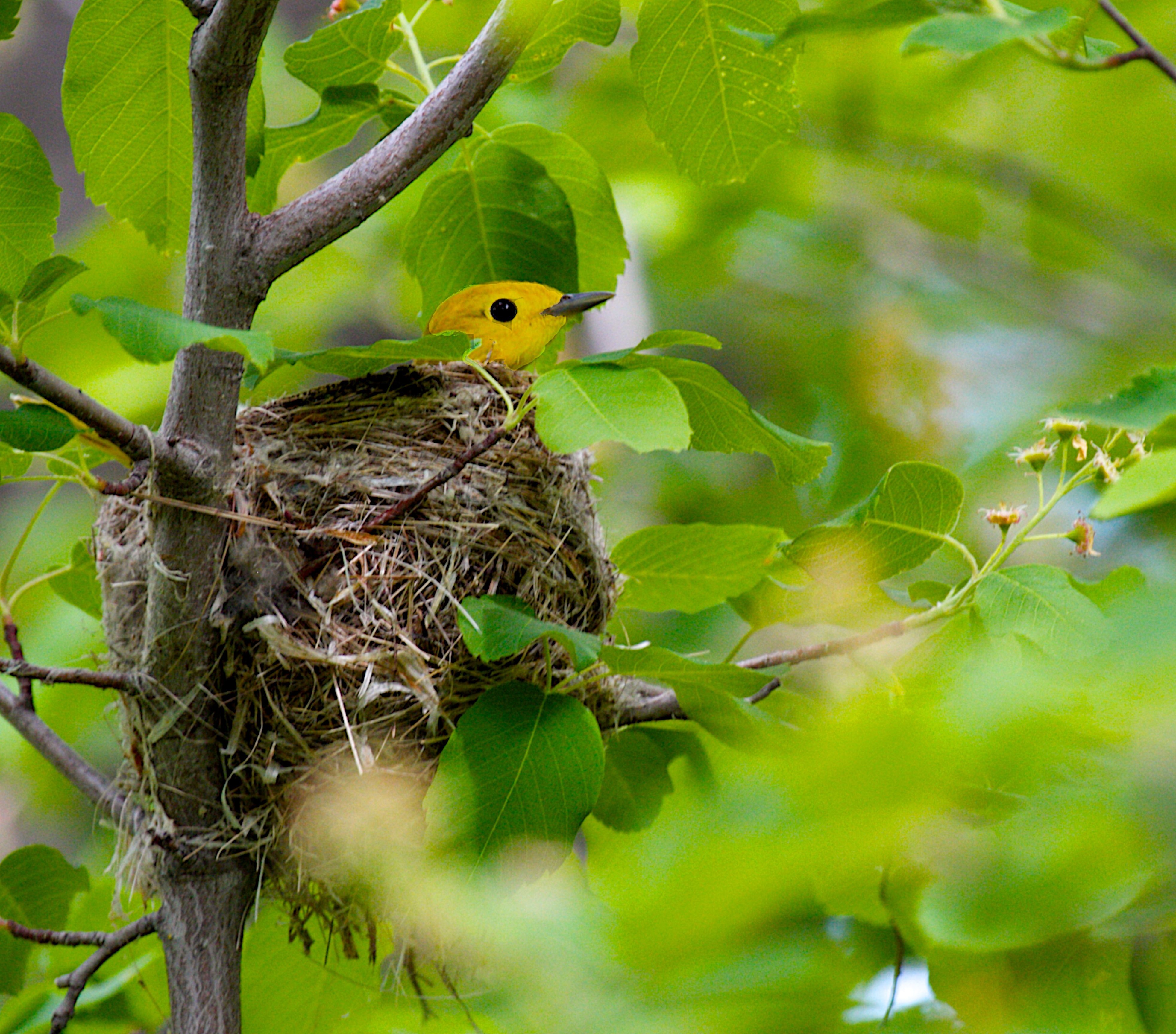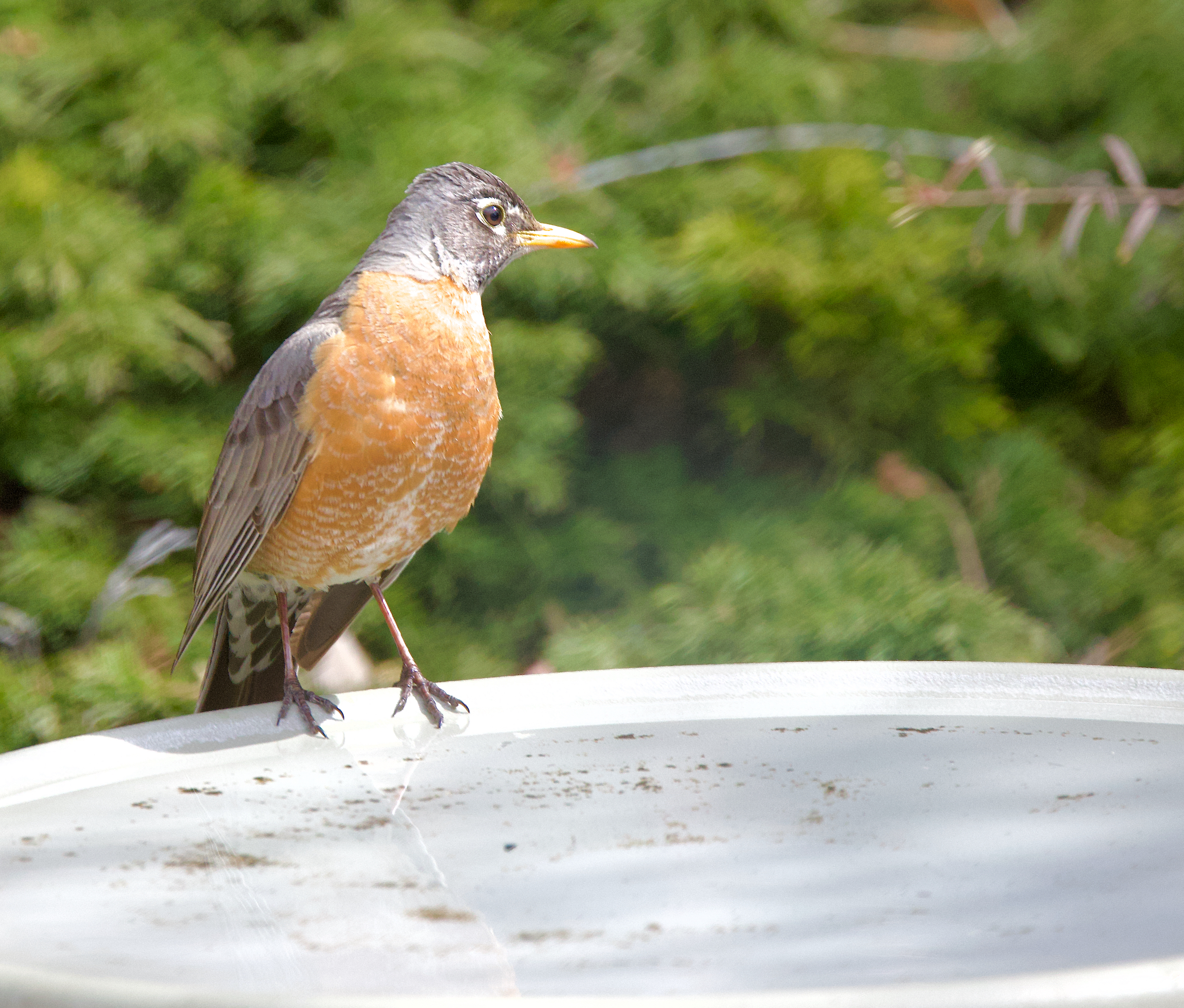Birding: Begin thinking like a nesting bird
Published 4:03 pm Monday, April 14, 2025



Robyn Bailey of Nestwatch at Cornell University wrote that “finding a bird’s nest offers a rare chance to discreetly witness the intricacies of breeding bird biology.” She goes on to say that if we “start to think like a nesting bird, we can tune in to their behavior.”
As the project leader for NestWatch she offers a few tips for finding a bird’s nest. The data collected for NestWatch is sent in by citizen scientists who have registered so they can learn about safe monitoring protocol for collecting nesting information without disturbing the birds. You, too, can register if you wish, so you will know the rules that keep birds and their nests safe. The purpose of the project is to help scientists track nesting success.
My yard is currently being visited by a pair of American crows. They are particularly interested — and have been for the last two years — in a dead tree with many branches that are easy to snap off and carry away. I keep this tree and won’t ever take it down. It is a “bird tree,” used for perching, foraging and nesting material. The crows have been in the yard daily for about a week and a half. Since they are flying off with the sticks and returning for more, I know they are gathering nesting material. I’m keeping an eye on where they are going in the hopes of finding their nest location. Other species will pick up mouthfuls of grass, or mud, or other things that they don’t eat. Again, this is a clue that they are gathering nesting material.
If you see a bird constantly heading for the same place after it visits your feeder or birdbath, it could be going to a nest. While it may just sit near the nest to make sure no one is watching, once it deems things to be safe it will fly to the nest. Some birds, like male house wrens, will build several nests. The female will choose the one she likes best when shown the choices. Other species will try out various sites to make sure it works for them and the protection of their family before they begin the building process. NestWatch recommends that we keep an eye out for the location that seems to interest them most. Make a note and come back later to check for a nest.
Singing and calling is also helpful in finding a nest because some birds, like grosbeaks, actually sing while sitting on their nest. So, sometimes it pays to walk in the direction from which the music is coming. You never know, there just might be a nest in the area. Later in the breeding season the young make a lot of noise while waiting to be fed. This too can be helpful with nest location. Birds seldom carry something in their bill unless it is food to feed their nestlings or nesting material. So, if you see a bird with food in its bill, there is a good chance it could lead you to a nest.
Another tip is to know your bird’s habitat and nesting preferences. For example, does the bird prefer the ground, a shrub or tree, bird houses, a platform or a cavity, etc. If you think like a tree swallow or a violet-green swallow, for example, you would not hesitate to nest in a birdhouse, but a barn swallow or an American robin wouldn’t. Another feature to look for is the nest’s shape. Each species generally only makes one style. Is it cup-like, a cavity type, or a stick nest, etc.? Some birds build high. Some birds build low. Knowing about a bird’s habits, habitat, type of nest and where it prefers to build it will help you to think like a bird and perhaps to find a nest.
Once you have found a nest, as a citizen scientist, if you have registered with NestWatch, reviewed the code of conduct and passed a short quiz, you are ready to report your findings. It is free and attached to the Cornell Lab of Ornithology. To get to NestWatch, just type the words NestWatch and you will be taken directly to the website. After registering, download the NestWatch app from the app store. It is free and makes it easy to enter your data.
For me, the number one tip for finding birds nesting nearby is to begin thinking like a nesting bird!
Happy birding.












